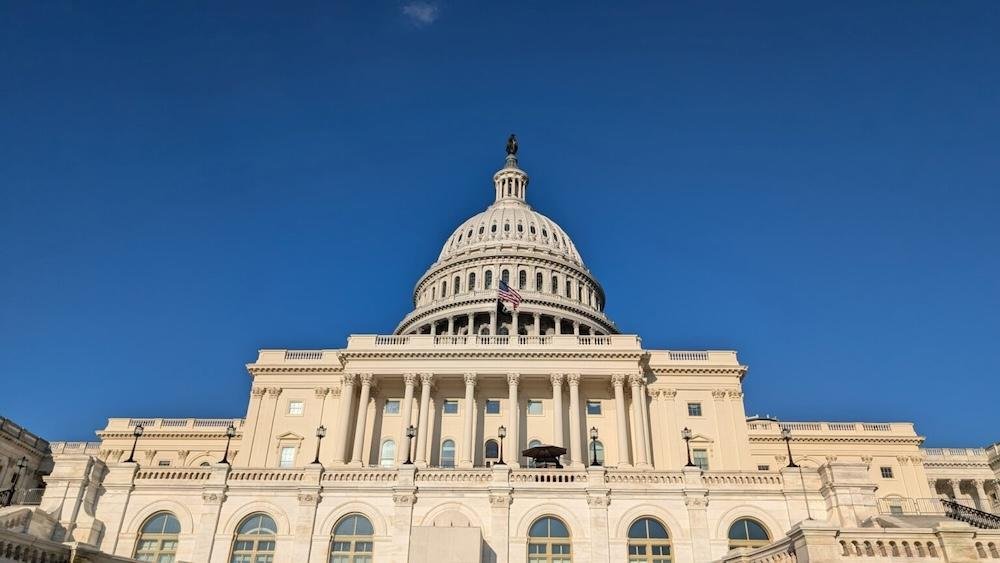arizona
Struggle for Congressional Supremacy Heats Up Amid Shifting Presidential Race

The upcoming 2024 Congressional elections are shaping up to be a fierce competition, primarily hinging on select Senate contests and approximately two dozen pivotal House seats. Candidates face immense pressure as party leaders and super PACs invest substantial funds into these campaigns.
The incumbents in critical states and districts are dedicating much of their time to campaign efforts, especially with Congress only in session for three weeks leading up to Election Day on November 5. Many challengers will occupy their home turf, intensifying the contest.
Republicans are targeting an expansion of their narrow House majority while aiming to flip the Senate, whereas Democrats are striving to maintain their Senate dominance and recover control of the House. The election’s dynamic is expected to depend on various factors, including voter turnout, ticket splitting, and the trajectory of the presidential race, especially following Vice President Kamala Harris’s nomination after President Joe Biden stepped back.
The stakes are high: the control of Congress could significantly influence whether Harris or Republican Donald Trump encounters a supportive legislature or faces continued gridlock. Biden’s tenure has been marked by challenges from a Republican-held House and a narrowly Democratic Senate.
Political experts emphasize a palpable energy on both sides, fueled by the competitive nature of the upcoming races. “With such close margins anticipated in both the House and Senate, candidates are feeling the heat,” said Casey Burgat from George Washington University.
Currently, the Senate landscape appears to lean Republican. Key battlegrounds include Michigan, Montana, Nevada, and Ohio, all labeled as toss-ups by the Cook Political Report. Should Republicans secure even one of these seats, they could clinch a 51-seat majority, especially after gaining the West Virginia seat held by Joe Manchin III.
For Democrats, retaining these four critical seats—as well as three classified as “lean Democrat”—is crucial for preserving a 50-50 split in the Senate, which would hinge on the presidential election for tie-breaking votes.
In Montana, Democratic Senator Jon Tester aims to appeal to Trump supporters and encourage ticket splitting to secure his reelection. Political science professor Robert Saldin stated, “Tester’s strategy involves distinguishing himself from the national Democratic image, a critical aspect as Trump’s presence looms large.”
Republican Tim Sheehy, Tester’s opponent, has the challenge of navigating a high-profile race without the benefit of a competitive primary that might have sharpened his skills. Saldin remarked on Tester’s possible advantage, highlighting upcoming ballot measures concerning abortion that could sway voters toward Democrats.
In Ohio, Senator Sherrod Brown has embarked on a strategy to localize his campaign, distancing himself from national figures. Political science expert Paul A. Beck noted that Brown’s inclination to avoid the spotlight during presidential discussions indicates a desire to define his own narrative. A pending ballot question on redistricting may also energize Democratic turnout.
Historically, incumbents have enjoyed significant advantages, which could favor the party holding more Congressional seats. Reelection rates in the House have consistently remained high, further emphasizing this point.
With significant retirements looming, Democrats face potential challenges in Michigan and Arizona, where the open Senate races become pivotal. Political analysts characterize Michigan as a toss-up while labeling Arizona as “lean Democrat.”
As the fight for the House unfolds, it’s evident that the competition is extremely close. Republican control is frail, with Democrats needing just four net gains to seize the majority. Both parties are honing in on approximately 44 competitive House races, with particular attention directed toward open seats across various states.
The Democratic Congressional Campaign Committee is strategically investing in crucial media markets, aiming to strengthen House Democratic candidates while countering Republican efforts to bolster their positions. This competitive landscape underscores the gravity of the upcoming election, as both parties navigate a complex battleground filled with potential outcomes.


















